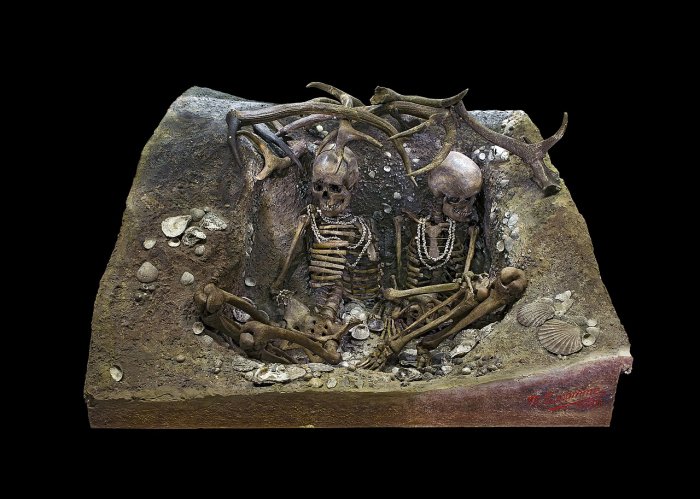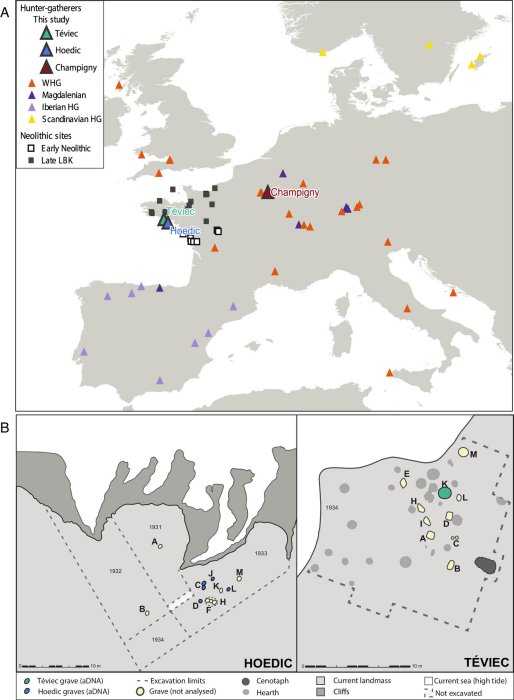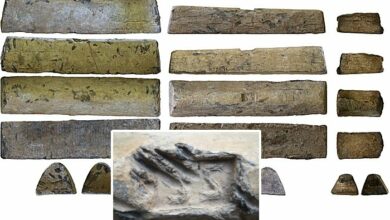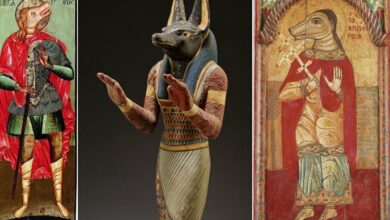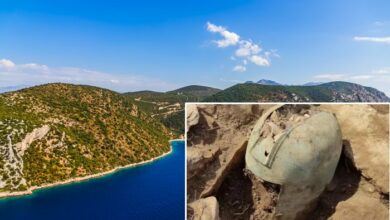DNA Reveals Stone Age People Avoided Inbreeding
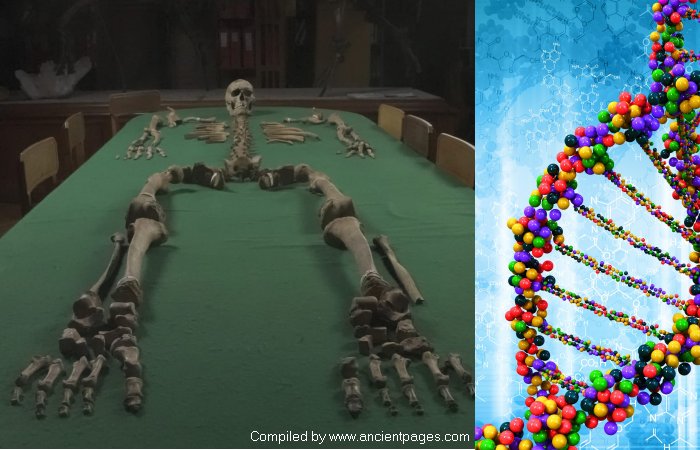
Jan Bartek – AncientPages.com – Approximately 7,500 years ago, the last communities of hunter-gatherers in Western Europe came into contact with incoming Neolithic farmers. Over time, these hunter-gatherer populations were slowly replaced and absorbed by the farming communities. This period of cohabitation between the two groups has sparked numerous inquiries regarding the level and nature of their interaction.
Stone Age People Had A Strategy To Avoid Interbreeding
A new DNA study conducted at various prominent Stone Age burial sites in France reveals that multiple unique families cohabited, likely as a strategic measure to prevent inbreeding. This suggests that blood ties and familial relationships did not solely dictate the social structure of hunter-gatherer communities during the Stone Age in Western Europe.
In a recent research study, scholars from Uppsala University, in partnership with various French institutions, have successfully procured biomolecular data from human skeletal remains discovered at renowned archaeological sites in France. These include Téviec and Hoedic in Brittany, as well as Champigny.
The unearthed remains can be traced back to the final phases of the Mesolithic era (approximately 6,700 years ago), a period that marked the existence of the last Western European hunter-gatherers. This era coincided with the Neolithic period when settled farming became prevalent.
Scientists say this is the first study analyzing the genome of several Stone Age hunter-gatherers from the same place who lived at the same time as and in the proximity of newly arrived Neolithic farming communities.
“This gives a new picture of the last Stone Age hunter-gatherer populations in Western Europe. Our study provides a unique opportunity to analyze these groups and their social dynamics,” says Professor Mattias Jakobsson from Uppsala University, who led the study.
The remains of two women, who met a violent end, were unearthed at Téviec. They were found under an unusual covering made of antlers and adorned with shell necklaces. Credit: Didier Descouens – CC BY-SA 4.0
Previous research utilizing isotope data suggested that the final hunter-gatherer societies intentionally integrated women from the Neolithic farming community. However, this recent study indicates a different scenario where these hunter-gatherer communities intermingled with other similar groups but did not assimilate with the Neolithic farming communities.
“Our genomic analyses show that although these groups were made up of few individuals, they were generally not closely related. Furthermore, there were no signs of inbreeding. However, we know that there were distinct social units – with different dietary habits – and a pattern of groups emerges that was probably part of a strategy to avoid inbreeding,” says Luciana G. Simões, researcher at Uppsala University and first author of the study.
Mesolithic Burials At Téviec And Hoedic
The archaeological sites of Téviec and Hoëdic, situated on minor islands off the coast of Brittany, are unique for their numerous communal graves, a rarity amongst Mesolithic burial sites. According to scientists these sites potentially serve as early indicators of the megalithic tradition prevalent in Brittany and Western Europe.
Location of individuals and graves discussed in the text. Credit: Proceedings of the National Academy of Sciences (2024). DOI: 10.1073/pnas.2310545121
While excavating at Téviec, numerous archaeological discoveries have been made over 6,700 years from today, including the remains of more than 20 individuals. A particularly notable discovery was a burial site of two young women who seem to have met a violent end but were given an intricate burial under an antler “roof.” Their bodies were adorned with shell-made jewelry. Equally intriguing archaeological discoveries were made at Hoëdic.
The recent genetic study sheds new light on our understanding of hunter-gatherers’ relationships.
The common assumption was that shared burials indicated biological relations among the deceased.
However, Dr. Amélie Vialet from the Muséum national d’Histoire naturelle presents a different perspective. She states, “Our findings reveal that in many instances – including cases where women and children were interred together – there was no biological relation between the individuals.”
This implies that strong social bonds unrelated to biological kinship existed during this period, and these relationships maintained their significance even post-mortem.
The study was published in the journal PNAS
Written by Jan Bartek – AncientPages.com Staff Writer


